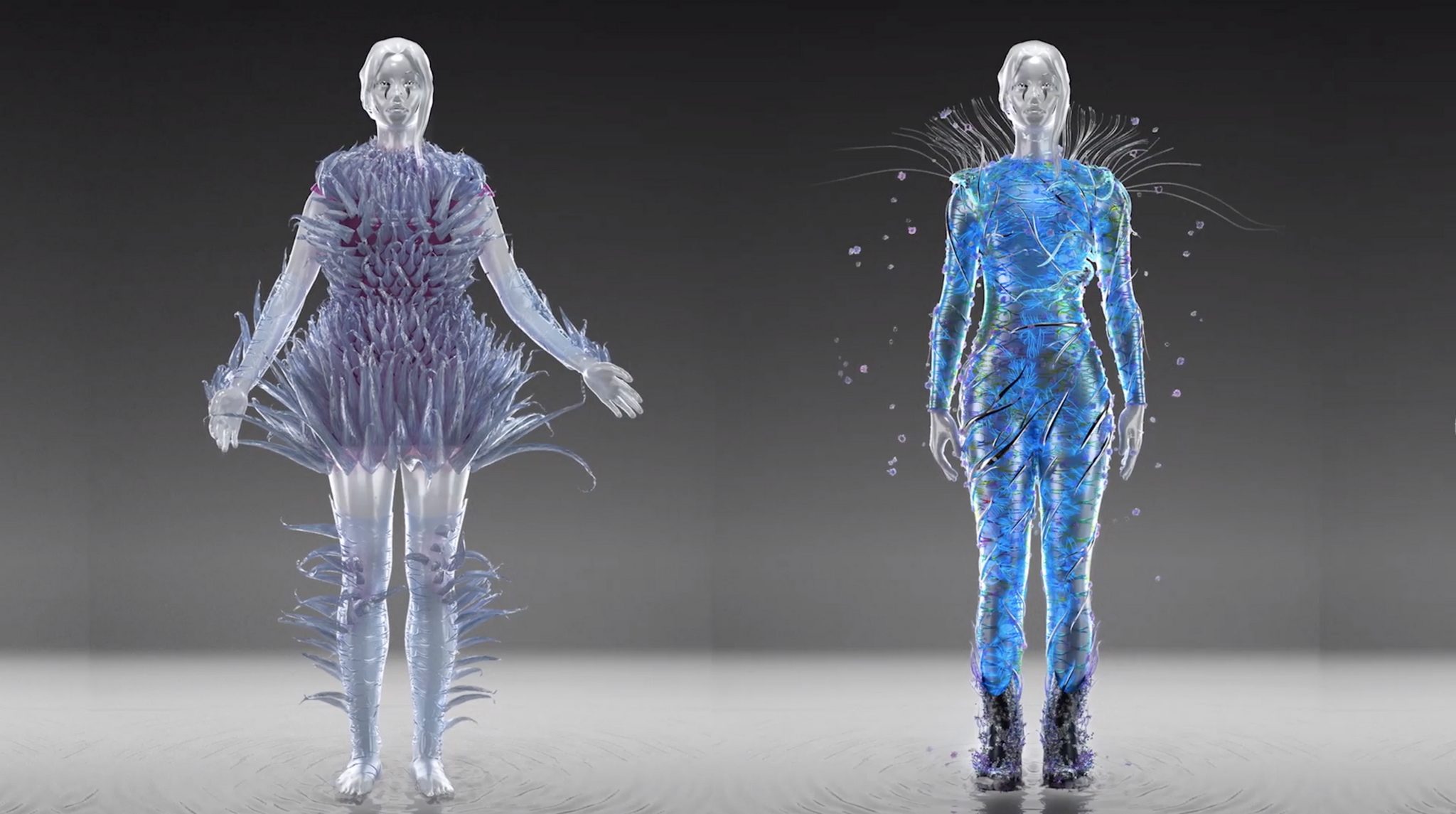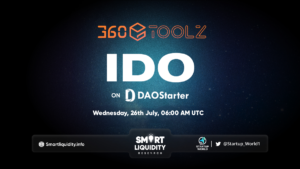Boson Protocol are honoured to sponsor AUROBOROS at London Fashion Week


London Fashion Week on Saturday featured a show with a difference: the visually stunning Biomimicry collection by Auroboros. Boson Protocol are proud to sponsor this epoch-making event as it aligns with their belief that the lines between the Metaverse and the Universe are blurring, and that the rise of digital-first fashion is an innovation worth celebrating.
Digital-first fashion encompasses clothes and accessories that are purely digital, as well as those with physical twins that are first developed and sold as virtual artefacts. As Auroboros asserts, one in ten fashion items is now bought purely for social media: for the purpose of projecting a curated virtual image of the wearer, rather than something that necessarily needs to be worn in real life.
If the polished and curated vision of ourselves that they present on social media is at least in some part rooted in reality, then there is another arena where we can present an image of ourselves that is limited only by the boundaries of their imagination: in the Metaverse, where their alternate self may be an avatar, wearing digital costumes of which we can only dream.
Fashion as an expression of ourselves
In the physical world, fashion has always been a crucial part of our self-identity. As Adam Curtis said nearly 20 years ago in his brilliant documentary series The Century of the Self: “You bought things not just for need, but to express your inner self to others.” In virtual worlds, image and visual impact are everything, so perhaps we can reframe this as: “You bought Metaverse wearables not just for need, but to express your inner self to others.”
In previous years, fashion was slower to adapt to the digital world than other areas of art, which makes Auroboros’s vision and achievement all the more spectacular. The industry had to be dragged kicking and screaming into the Web2 world, with the legacy print media initially aghast that the new breed of bloggers and social media fashion influencers were challenging their exalted position at shows in London, New York and Milan.
However, the new generation of designers, stylists and influencers is embracing the possibilities offered by the digital experience to create clothes, accessories and looks that challenge our imaginations and push the boundaries of the possible. The ethereal and futuristic designs offered by Auroboros in their Biomimicry collection, from the barely-there Tendril skirt to the otherworldly Venustrap dress are offered for sale digitally, individually customised to the body of the customer — who sends a photograph for the purpose — transforming the item from one that is merely viewed as a flat representation on the page to one that is actually ‘worn’.
Yet, the ability to ‘wear’ a digital couture creation in a still photograph, which is a natural extension of the idea of Instagram or SnapChat filters, is merely a stepping stone to the digital couture of the future. The fully fledged digital worlds that are emerging show that whether humans represent themselves as physical entities, as photographs or as avatars, we need to distinguish ourselves by possessing items of beauty and rarity that distinguish us from those around us.
Our image in virtual space
The emergence of photorealistic avatars shows us the path that this development might one day take. Unreal Engine’s Metahumans enables the creation of avatars that look more like humans than the heavily digitised entities that we are used to seeing — preparing for the time when a photorealistic version of ourselves will roam the Metaverse, wearing the digital outfits we have selected and projecting exactly the image we choose.
Unreal Engine have also collaborated with Gary James McQueen and Balenciaga, while Helsinki Fashion Week last year featured a digital show by Patrick McDowell.
Some analysts in the space have theorised that buying digital fashion gives consumers access to objects of desire that they would otherwise not have been able to afford. However, this theory was recently blown out of the water by the Gucci bags that sold in Roblox for more than $4000 — a price that actually exceeded that of its physical equivalent.
One of the interesting aspects of these Gucci bag resales is that while the wearables were limited-edition, they were not represented as NFTs, meaning that their value exists solely within the Roblox universe. In contrast, decentralized worlds such as Decentraland, The Sandbox, Cryptovoxels and Somnium Space allow ownership and sale of in-game assets completely independently of the game platform, enabling a much fairer and autonomous notion of ownership and value.
NFTs and digital wearables
The idea of NFTs that can be used to link a digital fashion item with its physical equivalent — so-called digi-physical assets — is one that is growing in popularity. In our recent post about brand factories, we examined how MetaFactory enables community-owned culture studios to create fashion items that exist simultaneously as a digital product and a physical item, linked by a silicon chip embedded in the clothing.
Both Auroboros and MefaFactory express the desire to reduce wastage and environmental costs in their production process. The growth of fast fashion, including the tendency to wear something only once or twice in real life, and problems with unsold stock that does not match market demand, cause unhappy stories of worker exploitation, pollution and landfills overflowing with unworn clothes.
In contrast, brand factories in the Metaverse can detect the real demand for the physical product ahead of time by selling the token first and only then creating the real-world item, while Auroboros tackles the issue by offering customers the opportunity to wear a garment that enhances their image — and has no undesirable externalities even if worn only once.
Boson Protocol connects the Metaverse and the Universe
So, how does Boson Protocol fit into this picture? In our recent post outlining our Metaverse Commerce Strategy, we explain why we think it is crucial to create a decentralized commerce protocol for any item: digital, physical or both; on-chain or off-chain. In short, we are building the commerce infrastructure to power the Metaverse. not only allowing the sale of in-game items but also enabling brands and games to sell physical objects that have a digital and physical life. See our recent demo for just one example of how the Protocol can be used.
We believe in unleashing a whole new wave of creative power, where artists and designers are given the toolkit to free their imagination to bring amazing concepts to life while retaining an equitable share of the value they create.
Our record-breaking Decentraland real estate purchase will be a showcase to demonstrate the possibilities of the new future we are helping to create, and we intend it to be a destination for the most talented creatives and technologists who want to join us in building the world we want to live in.
About Boson Protocol
Boson Protocol is a trust minimised and cost minimised protocol that automates digital to physical redemptions using NFTs encoded with game theory. Powerful e-commerce platforms have captured the market. These monolithic intermediaries extract excess value.
📰 INFO




